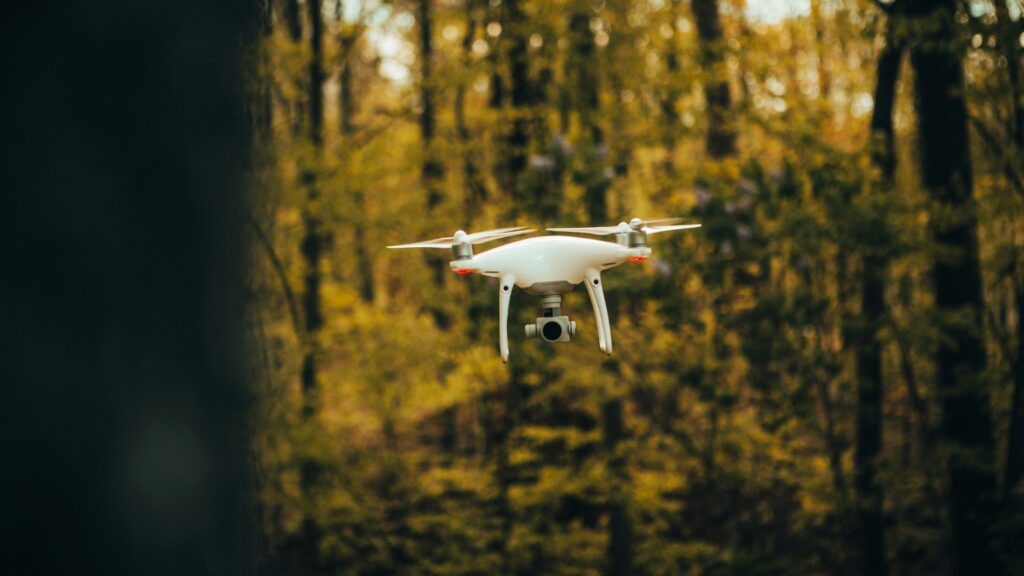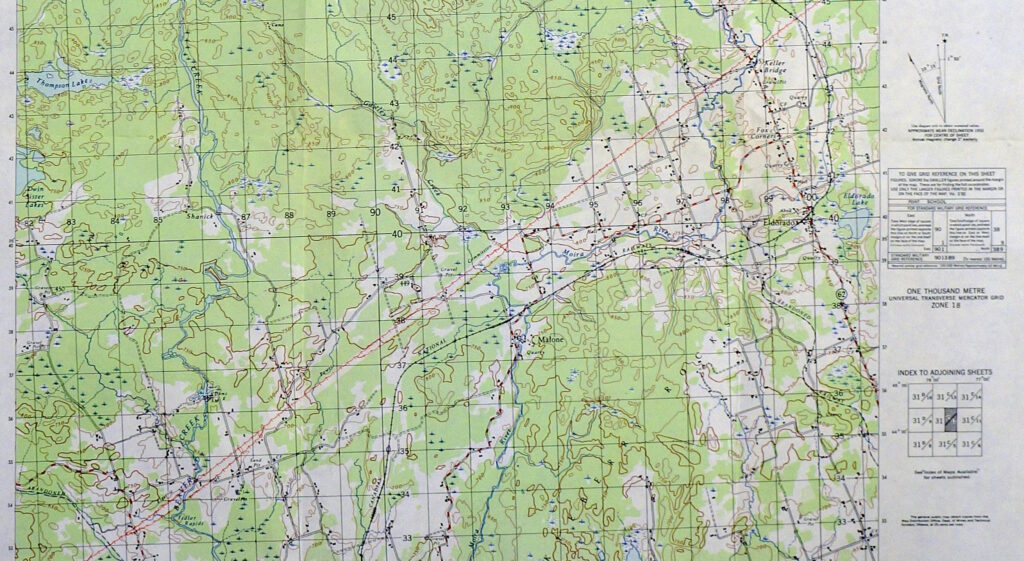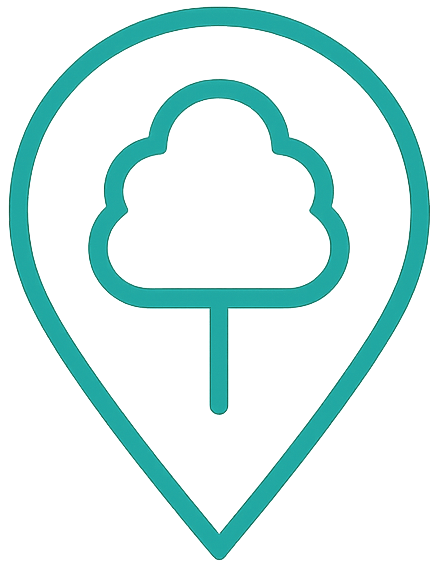EUDR monitoring is a critical requirement under the European Union Deforestation Regulation (EUDR), which mandates that certain commodities placed on the EU market must be free from links to deforestation or forest degradation. Monitoring provides the data and evidence needed to prove compliance with these legal obligations.
For professionals in supply chain management, procurement, compliance, or sustainability, understanding EUDR monitoring is essential. It enables businesses to build transparent, traceable sourcing systems, avoid penalties, and maintain access to EU markets. This article offers a practical, detailed explanation of EUDR monitoring, including its components, tools, implementation steps, challenges, and best practices.
Understanding EUDR Monitoring: Definition and Regulatory Role
To comply with EUDR, companies must monitor where and how their commodities are produced. This section explains what EUDR monitoring entails and why it is a central part of legal compliance.
What Is EUDR Monitoring
EUDR monitoring refers to the continuous observation and verification of supply chain data to ensure that products are not linked to deforestation or forest degradation after the cut-off date of December 31, 2020. It includes collecting precise geolocation data, tracking land-use status, and evaluating environmental and legal risks at the source of production.
Monitoring supports the broader due diligence process required under EUDR. It provides the factual basis for submitting a Due Diligence Statement (DDS), a legal declaration that confirms the product’s compliance with EUDR criteria.
Why Monitoring Is a Legal Requirement
Monitoring is not optional under EUDR. For companies dealing with commodities like soy, palm oil, coffee, cocoa, cattle, rubber, or wood, EUDR mandates traceability and proof that no deforestation has occurred after the specified cut-off. This applies to all operators and traders entering the EU market.
From December 30, 2025, large companies must comply with EUDR. Small and micro-enterprises must follow suit by June 30, 2026. Without accurate monitoring, a company cannot legally place regulated goods on the EU market, making this process a cornerstone of operational continuity and legal risk management.

Core Components of an EUDR Monitoring System
A robust monitoring system relies on several data-driven components that work together to verify compliance. This section breaks down the core elements required to meet EUDR standards.
Geolocation and Land Traceability
Every regulated product must be traceable back to a specific plot of land. Companies are required to collect and store the following types of geospatial data:
- GPS coordinates for each origin plot.
- Polygon boundaries for larger farms, plantations, or cooperative sites.
- Time-stamped production or harvest data.
This ensures that the product was not harvested from deforested or degraded land after the regulatory cut-off date. In practice, this information can be gathered using on-site GPS tools, mobile mapping applications, or drone surveys. When working with smallholder suppliers, additional steps such as digital training and standardized data collection forms may be necessary to ensure accuracy and consistency.
Satellite Imagery and Remote Sensing
Satellite technology provides a scalable way to monitor forest conditions across multiple regions. High-resolution images allow companies to detect deforestation events, thinning canopies, or signs of land conversion.
Remote sensing platforms often use artificial intelligence to identify anomalies and send alerts when risks are detected. While these tools offer efficiency, limitations such as cloud cover or image resolution may still require human validation.
GIS Platforms and Risk Visualization
Geographic Information Systems (GIS) allow companies to visualize their supply chains and environmental risks on interactive maps. This spatial intelligence helps identify high-risk areas, monitor supplier behavior, and plan compliance strategies more effectively.
GIS tools can overlay supplier locations with protected zones, historical deforestation maps, or indigenous territories. This contextual data is essential for prioritizing audits and documenting due diligence decisions.
Continuous Risk Assessment
Monitoring is an ongoing process. As land use, governance, or supply relationships change, companies must regularly reassess risk. Risk assessment systems should consider national indicators such as deforestation rates, legal enforcement capacity, and corruption indexes, as well as supplier-level history.
A strong risk assessment process is embedded into daily operations. High-risk alerts should trigger escalation protocols, such as third-party audits or additional data requests. This ensures that monitoring remains dynamic and legally defensible.
Technologies Supporting EUDR Monitoring
Modern monitoring relies on digital systems that collect, verify, and manage compliance data. This section outlines the technologies that help companies streamline EUDR implementation.
Monitoring Platforms and Digital Tools
Dedicated monitoring platforms integrate satellite imagery, forest data, and traceability systems into a centralized interface. They support due diligence by offering the following capabilities:
- Organize supplier and shipment information.
- Detect deforestation or land-use change alerts.
- Track shipment-level traceability and origin verification.
- Generate compliance reports and Due Diligence Statements.
- Apply forest classification and supplier risk scoring.
These tools are especially beneficial for companies operating across diverse regions and sourcing from multiple suppliers. They reduce administrative burden and help maintain audit-ready documentation.
ERP and Supply Chain Integration
To be effective, monitoring must be connected to a company’s broader systems. Integration with ERP, procurement, and logistics tools ensures that compliance data is linked to real-world operations.
Integrated systems can automate alerts when, for example, a shipment lacks verified geolocation data or a supplier enters a high-risk region. This connectivity helps maintain up-to-date records and simplifies audits.
Artificial Intelligence and Automation
AI enhances monitoring by automating land-use analysis and predicting risk trends. These systems can classify forest types, detect early signs of degradation, and evaluate thousands of hectares in real time.
As models become more region-specific, they improve precision and reduce false positives. This accelerates response times and supports scalable monitoring across multiple sourcing regions.
Practical Implementation: Step-by-Step Monitoring Process
Building an EUDR-compliant monitoring system requires clear steps and consistent workflows. This section explains how companies can implement monitoring in practice.
Step 1: Identify Regulated Products and Origin Plots
Start by identifying all commodities subject to EUDR obligations. Follow these initial steps to build a traceability foundation:
- List all regulated products using Harmonized System (HS) codes from the EUDR Annex.
- For each product, identify its precise origin, including farm, forest plot, or harvesting site.
- Ensure that each batch or shipment is linked to specific source plots without ambiguity.
Clear documentation at this stage prevents traceability issues during later phases of due diligence.
Step 2: Collect and Verify Geospatial Data
Once origin plots are identified, companies must gather detailed geospatial data and confirm its accuracy. Key verification steps include:
- Use satellite imagery to validate location and land cover.
- Cross-check plots with protected area maps or deforestation overlays.
- Flag any high-risk plots for enhanced scrutiny or third-party validation.
- Confirm that the production dates fall after the EUDR cut-off.
Reliable geospatial verification strengthens the credibility of the traceability system and helps detect hidden risks early.
Step 3: Monitor Forest Change Over Time
Monitoring must be continuous, not a one-time task. To ensure forest integrity over time, companies should:
- Use satellite platforms to detect forest loss, fire damage, or illegal clearing.
- Monitor canopy changes or degradation indicators near or within origin plots.
- Document all alerts and visual evidence in the traceability system.
- Periodically review conditions even after the harvest to detect late-stage risks.
Ongoing monitoring reduces exposure to non-compliance and reinforces the due diligence process.
Step 4: Integrate Monitoring With Due Diligence
Monitoring data must be directly linked to the DDS submission process. If any risk is identified, companies must take mitigation steps before declaring compliance.
Only when there is no more than negligible risk should a DDS be submitted. Integrating monitoring into due diligence ensures that compliance is based on verified, current information.
Key Challenges in EUDR Monitoring
Despite available technologies, companies face real-world barriers to monitoring. This section explores the common challenges that can affect compliance.
Data Gaps and Accessibility
Reliable data is not always available, especially in rural or tropical regions. Companies may face difficulties accessing cloud-free satellite images, updated land ownership records, or accurate GPS data from small farms.
These gaps increase the risk of incomplete DDS submissions and require contingency planning, such as working with local data providers or using ground-truthing techniques.
Smallholder and Blended Supply Complexity
When products from different sources are mixed during transport or storage, maintaining traceability becomes difficult. EUDR requires that each batch be traceable to its last unique storage cycle.
Smallholder suppliers often lack digital tools or internet access, and may not have formal land documents. Without technical support, they risk exclusion from EU supply chains despite being low-risk producers.
Legal, Ethical, and Social Considerations
EUDR monitoring is not only a technical and regulatory task it also involves significant legal, ethical, and social responsibilities. When collecting and sharing geolocation and land-use data, companies must ensure that their actions respect local communities, legal frameworks, and human rights.
Several key considerations must guide responsible monitoring practices:
- Respect for data privacy and the principle of informed community consent.
- Recognition of indigenous land rights, customary tenure, and unresolved land claims.
- Protection of sensitive farm-level data to avoid misuse or unwanted exposure.
- Awareness of the social implications of publishing data in regions with weak governance or land conflicts.
In areas where land ownership is disputed or informally held, publishing coordinates or plot boundaries may unintentionally trigger legal action or exploitation. This is especially relevant in tropical regions with overlapping claims and limited legal protections. Companies should therefore adopt context-sensitive protocols and consult local stakeholders when establishing monitoring systems.
Ethical monitoring requires balancing transparency with protection. By integrating local perspectives and applying due diligence not only to forests but also to people, companies can build systems that are both compliant and just.

Best Practices for Reliable and Scalable Monitoring
To succeed under EUDR, companies need not only compliance tools but also sustainable strategies. This section outlines practices that enhance reliability and scalability.
Use Conservative Classification
When land-use status is uncertain or incomplete, companies should apply a precautionary approach. Situations that should be treated as high-risk unless verified otherwise include:
- Forest plots that appear regenerated but lack historical land-use records.
- Tropical areas where rapid vegetation growth can obscure past deforestation.
- Locations with limited access to updated satellite imagery or cadastral maps.
Flagging such plots for additional monitoring or documentation minimizes legal exposure and helps ensure defensible DDS submissions.
Integrate Independent Verification
Third-party audits, legal reviews, or external satellite analysis can reinforce internal systems. Although certifications do not replace EUDR due diligence, they add credibility and fill resource gaps.
Strategic use of external expertise helps manage risk, particularly for companies with limited in-house capacity or operations in high-risk regions.
Build Sustainable Monitoring Systems
Manual tools like spreadsheets may work for early-stage compliance but are not scalable. Investing in integrated platforms ensures that monitoring, traceability, and reporting are streamlined as supply chains grow.
Systems should be designed to evolve with future regulations, commodity changes, and operational expansions, ensuring long-term compliance readiness.

EUDR.co: Our Digital Approach to Scalable EUDR Monitoring
At EUDR.co, we help companies simplify the complexity of EUDR monitoring through a fully digital, end-to-end compliance platform. Our solution is designed specifically to support the traceability, documentation, and risk analysis required under the EU Deforestation Regulation. By integrating geolocation tools, satellite data, and real-time alerts, we enable businesses to verify that every product batch is deforestation-free and legally sourced.
We know that many companies struggle to collect and validate geospatial data, especially when dealing with fragmented supply chains or smallholder producers. Our platform streamlines this process by guiding users through standardized workflows, collecting plot-level coordinates, and conducting automated risk scoring based on up-to-date environmental and legal indicators. With support for both polygon and point data, we ensure that monitoring meets the technical expectations of EU auditors.
Our system goes beyond simple data storage. It automatically generates Due Diligence Statements (DDS), integrates with ERP and procurement platforms, and uses blockchain-backed recordkeeping to ensure the integrity of all compliance data. For companies managing multi-origin supply chains, this provides transparency, consistency, and the ability to scale monitoring without adding manual overhead.
We believe that EUDR compliance should be an opportunity, not a burden. That’s why we designed EUDR.co to serve both large corporations and small cooperatives alike. Whether you need to onboard suppliers, visualize risk on a map, or respond quickly to a deforestation alert, our platform gives you the tools to stay compliant, audit-ready, and ahead of regulatory change.
Conclusion
EUDR monitoring is not just a technical requirement but a strategic necessity for businesses involved in regulated commodities. It enables companies to ensure compliance with EU law, maintain market access, and demonstrate a commitment to sustainability and transparency. By integrating geolocation data, satellite tools, risk analysis, and digital systems, businesses can build a monitoring approach that is both reliable and scalable.
For professionals and decision-makers, understanding and implementing effective EUDR monitoring means more than avoiding penalties. It provides the foundation for ethical sourcing, stakeholder trust, and competitive advantage in a regulatory environment that increasingly values accountability and traceability.
FAQ
1. What is the purpose of EUDR monitoring?
EUDR monitoring helps companies verify that their products are not linked to deforestation or forest degradation. It provides the spatial and documentary evidence needed to comply with EU regulations and supports responsible supply chain management.
2. What data do companies need to collect under EUDR?
Companies must collect geolocation data such as GPS coordinates or polygon boundaries, as well as time-stamped harvest dates and legal documentation. This information proves that the commodity was produced in compliance with EUDR standards after the deforestation cut-off date.
3. How often should monitoring data be updated?
Monitoring data should be updated regularly, not just once. The frequency depends on the nature of the supply chain, but companies should perform updates at least quarterly or when new production cycles begin. Real-time monitoring tools can further improve responsiveness.
4. What happens if monitoring reveals deforestation?
If monitoring indicates that a product is linked to deforestation or degradation after December 31, 2020, the company must assess the risk, apply mitigation measures, or exclude the supplier. A Due Diligence Statement can only be submitted if the risk is negligible.
5. Are smallholders at risk of being excluded from EU supply chains?
Yes, without support, smallholders may struggle to provide the required data. Many lack digital tools or legal documents. To include them, companies should offer technical assistance and develop accessible monitoring methods tailored to small-scale producers.
6. Can companies rely on certification schemes to meet EUDR requirements?
No, certification schemes alone do not satisfy EUDR due diligence. However, independent verification can support internal monitoring by filling data gaps and enhancing the credibility of compliance processes.
7. When does the EUDR regulation take effect?
EUDR becomes mandatory on December 30, 2025 for large companies and on June 30, 2026 for small and micro-enterprises. All affected businesses must be fully compliant by their respective deadlines to continue selling into the EU market.


